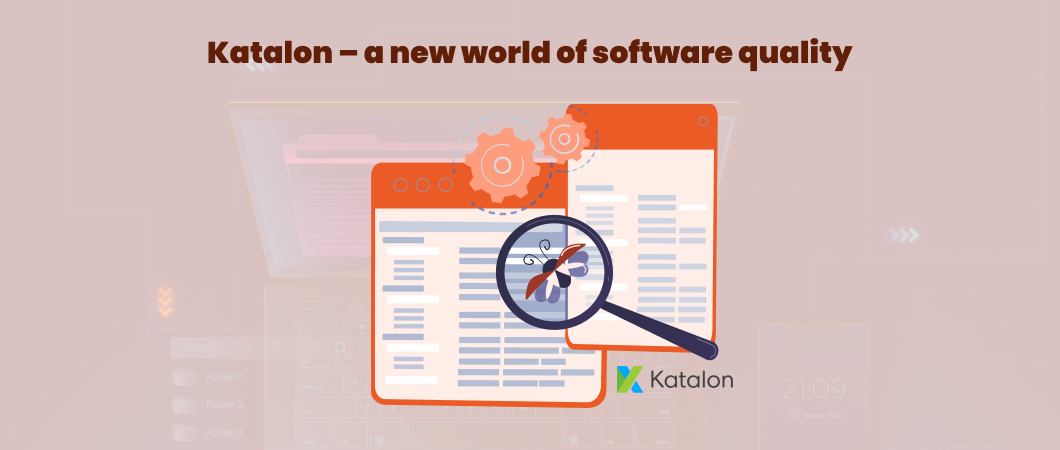As continuous deployment becomes the norm for most products and apps, teams are constantly on the lookout for ways and means to accelerate the development process. Adopting a comprehensive QA automation strategy is a great way to hasten the process of coordinating, managing, and scaling complex software deployments. A key benefit is that the strategy also ensures that the majority of defects are found before they reach the customer.
You may have chosen to automate your testing too. You may have expended the effort, built the teams, bought the tools, and created the automation frameworks and suites. As the tests run on though, is there a sense of unease that prevails? If so, you’re not alone. When you talk to test managers and product owners in the community you may find that others often feel the same way too. That unease is prompted by an inability to pin down whether all that effort is delivering value.
So, how do you know if your QA automation strategy is working? How do you ensure your strategy keeps pace as your app grows in size and complexity? How do you measure the success of your automated tests?
To really understand how your QA automation strategy is faring, you need to factor in an array of aspects such as test coverage and reliability, time saved, risk mitigated, and more. To measure the success of your QA automation strategy, here are some questions to ask yourself:
How long does it take to run the automated tests?
One of the biggest benefits QA automation brings to the table is a reduction in testing time, so you can speed up time-to-market. With frequent iterations being made to the software, you have to make sure your tests run fast; therefore, measuring the time it takes for you to run your automated tests compared to the time it would typically take through manual testing is a significant metric to prove the value your QA automation is driving.
What test coverage are you able to achieve?
QA automation enables teams to offer massive test coverage, which is often impossible to achieve with manual testing. Calculating test coverage to see how much of the software code is covered by automated tests can give you a rough approximation of how well tested your codebase is, what features are tested, and how many tests are aligned with a particular user story or requirement. This metric can also provide insight into the percentage of test coverage achieved by automated testing, as compared to manual testing and help you assess the progress (and success) of your QA automation initiative.
What is the percentage of successful tests?
Another major benefit of QA automation is its ability to improve the accuracy and precision of tests. Therefore, measuring the percentage of successful tests is a good way to get an overview of the testing process. Using this metric, you can keep track of the number of passed tests, failed tests, tests that haven’t been run yet, etc. and compare figures across different releases to evaluate the success of your overall QA strategy -a useful strategic validation.
Do your tests execute without human intervention?
A core feature of QA automation is its ability to run tests – without any human intervention. However, if your QA tests do not run by themselves and if you find yourself performing some tasks to get the tests to run, that may defeat the purpose. In that case, you might need to re-consider your automated testing decisions and take steps to tweak your automation strategy.
What is the average number of defects found through automated tests?
QA automation also seeks to identify defects encountered during the test execution phase. Calculating the number of defects you find through automated tests as compared to releases where testing was done manually is also a good indicator of how much better tested your software release is. An insight into the number of defects can help you in estimating the defects that are most likely to occur under certain coverage levels.
What is the percentage of broken builds?
Despite all the benefits that QA automation brings to the software development process, it also has the propensity to break builds – if not designed properly. By calculating the percentage of broken builds, you can understand the impact your failed automated tests have on code and get a clear picture of your code quality as well your automation. If you witness too many broken builds, you need to take action to increase the accuracy and stability of your code.
Drive maximum value
Technology disruption and the demand for faster release cycles put immense pressure on software development teams. In the race to improve time-to-market, many are forced to compromise on quality. This can have a severe impact on customer experience and brand image and accumulate technical debt for future product versions.
Delivering products faster while ensuring code quality requires software companies to adopt the right tools and processes. QA automation introduces the much-needed speed and flexibility into the software development lifecycle, enabling teams to deliver software quickly and more efficiently.
However, if you’ve invested in QA automation, you also need to make sure you’re getting the returns you deserve; you need to constantly track and measure metrics to derive the most value from your QA automation investment. That may be the best way to calm those lingering doubts about the effectiveness of your automation strategy.



